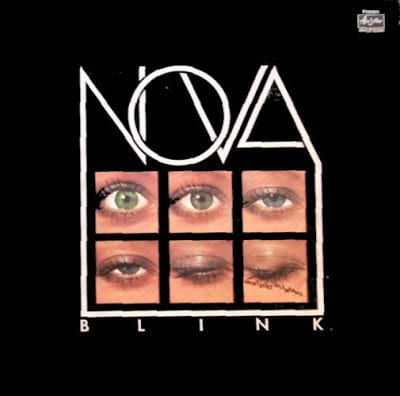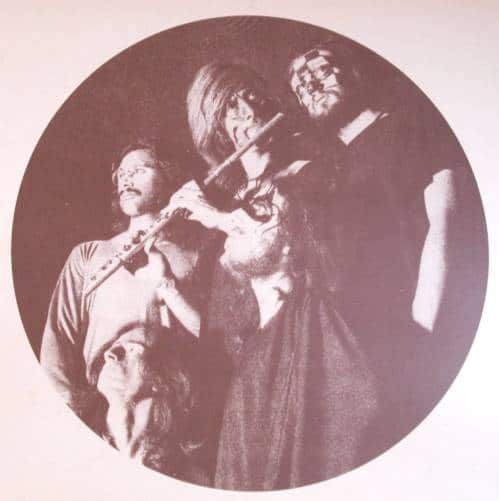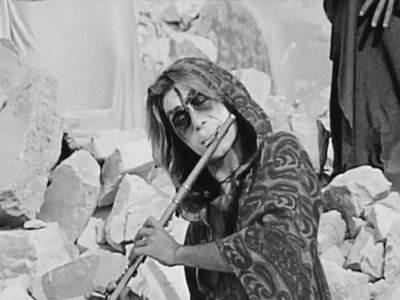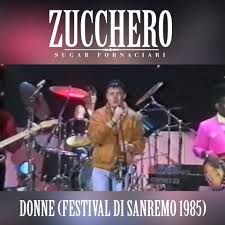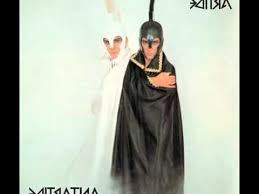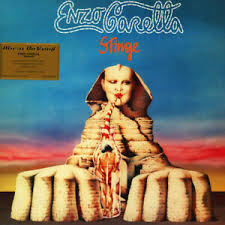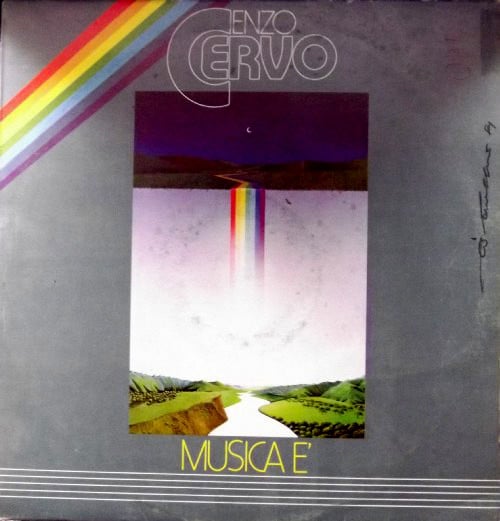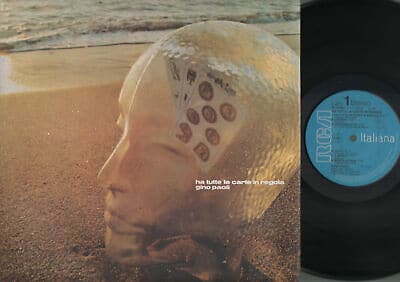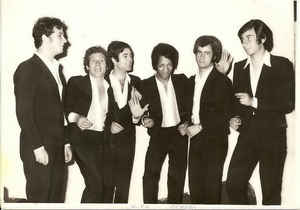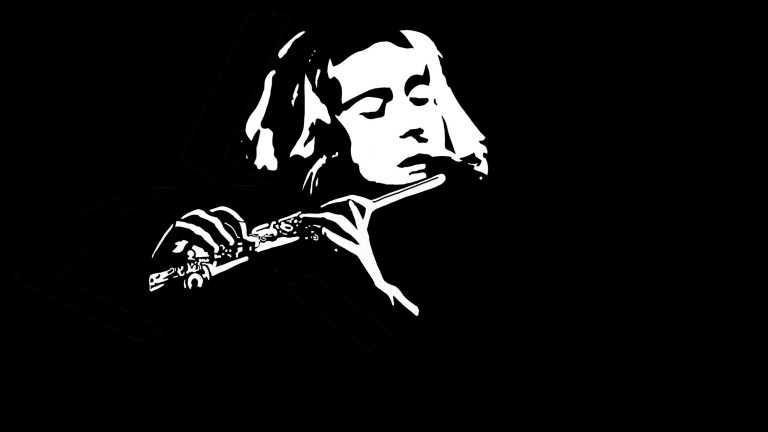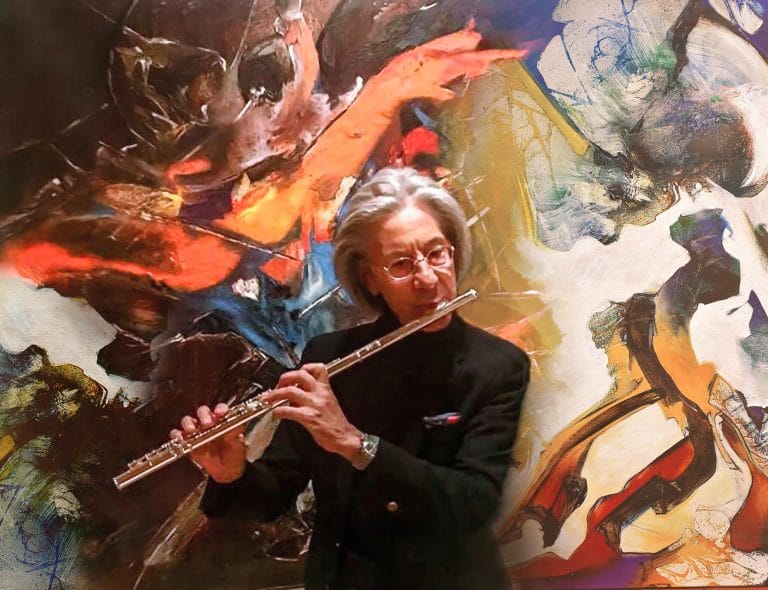Elio D’Anna Musician
Elio D’Anna’s musical career
Italian flautist, singer, composer, arranger and record producer born in Naples. In the late sixties he joined the Showmen, then in 1971 he founded Osanna with whom he recorded 4 LPs produced by Fonit Cetra. In 1974 he founded Uno with whom he recorded an LP and a single. Then he created Nova with whom he recorded 4 albums between 1976 and 1978. Since the early eighties he has been producing music for important Italian rock stars such as Zucchero and Renato Zero and has participated in various collaborations.
Discography
Nova
“The favourable opinion of the comments posted following the release of their album left no doubt that it was one of the most significant contemporary music groups in recent years. Melody Maker called Vimana ‘a truly remarkable album’ and the NOVA a ‘Band Bound For Glory’ in 1977.”
Jenny Hallsall, London Sept. 1977
Uno
Born in 1974, following the dissolution of Osanna, in the beginning, together with Elio D’Anna and Danilo Rustici, there was the percussionist Toni Esposito, and in early 1974, the drummer Enzo Vallicelli (from Hellza Poppin and who had also played with Osage Tribe and Claudio Rocchi). Uno went to London, to the prestigious Trident Studios, to record their only album for Fonit Cetra, in collaboration with the lyricist Nick Sedwick and the singer Liza Strike (who had participated in Pink Floyd’s album The Dark Side of the Moon). D’Anna and the Rustici brothers abandoned the progressive Uno to dedicate themselves to a new experiment in fusion – Nova.
Osanna
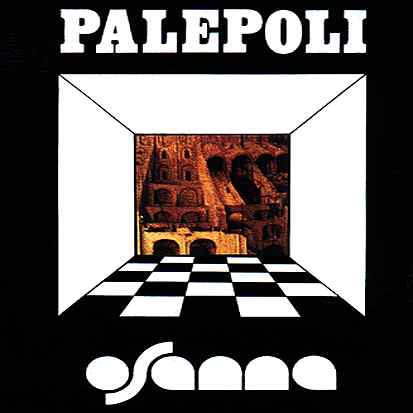
“The true revelation of the year in the field of Italian music. Five Italian boys, some of whom with a wealth of experience (the flutist Elio D’Anna played with The Showmen), at the festival of Viareggio they are considered five soloists with clear ideas, especially with their personal unitary. The use of the flute is “dramatic” and haunting in a way that cannot help but be reminiscent of the master of all flute players of the past two years, Ian Anderson. Five men who wanted, in part with a taste for the theatrical and for choreography, in part to fit into that atmosphere of “totality” that the art of today imposes, to create a visual as well as aural theatre through their performances.”
Enzo Caffarelli, 1971
One of the most distinctive bands of the original RPI scene, Osanna were hot stuff back in the Seventies. With their painted faces (harking back to the city’s traditional mask of Pulcinella) and wild, energetic sound, they blended British-style heavy rock with influences coming from the venerable musical tradition of their hometown. It has even been intimated that Peter Gabriel took his cue from Osanna for his stage make-up when the two bands toured Italy together. Like so many of their fellow Neapolitans, the five members of the band had music in their blood – not the tasteful, restrained kind practiced by northern Italians PFM, though, but rather a full-throttle blend of passion, energy and chops.
Italy hatched one of the most prolific schools of progressive-rock. Italy had no major rock tradition. The progressive school was an unintended consequence of two phenomena: a boom of classically-trained musicians and the 1968 student riots. In 1969, Italy was awash in young erudite musicians who wanted to change the world. They identified with the ideology of the hippies, but retained the language of Bach. Progressive-rock was born out of this contradiction. (…) A sub-genre of Italian prog-rock was Italian jazz-rock, well represented by albums such as Osanna‘s jazz-rock nightmare Palepoli (1973)…
Piero Scaruffi 2003, The history of Rock Music
Palepoli (The Old Town, currently the gorgeous seafront area called Santa Lucia) is the original nucleus of the city that would later become Naples, one of the most loved and loathed places in the world – the Italian music capital, and a notorious abode of crime and squalor (cue the hard-hitting movie Gomorrah, and the deplorable rubbish débacle of a few years ago, which seems to have reared its ugly head once again). Naples is breathtaking in its splendour, and infuriating in its unbridled anarchy – perhaps not the best place to live for those who like quiet and order, but also one to experience at least once in a lifetime (for the glorious food as well as for the scenery, the art and the music). The old adage “See Naples and then die” is indeed quite true. A walk in the so-called Spanish quarters is the closest you can get to a Middle Eastern souk in the heart of western Europe – and probably no one has managed to capture that heady atmosphere better than the third album released by Naples’ own Osanna.
The Showmen
Showmen ‘Mi sei entrata nel cuore’
The Showmen were born in Naples and had major successes in 1968 and 1969 with their original mixture of soul, rhythm & blues and Italian pop. They released just one LP and several singles with the record label RCA. The band was formed by bassist/singer Mario Musella and saxophonist James Senese in 1966, while the other band members were Luciano Maglioccola on keyboards, Franco Del Prete on drums, Elio D’Anna on tenor and baritone saxophone and flute, and Giuseppe Botta on guitar. Their first single was released in 1968. Their greatest success was “Un’ora sola ti vorrei”, a song that won the Cantagiro 1968.
Productions and Collaborations
In 1985 Elio D’Anna produced a track on the album by Zucchero and the Randy Jackson Band entitled Donne. Although it was placed second to last at the Sanremo festival, the song was a radio success and launched Zucchero’s career.
The album Artide Antardide by Renato Zero was produced by Elio D’Anna. Of note among the songs on the album are Figli della topa and Ciao Stefania. Zero, as usual, delves into many themes: from drugs (Non passerà) to love (Ed io ti seguirò), the father-son relationship (Padre nostro) and sex (Sterili, L’ammucchiata). The most representative song is probably Marciapiedi. With 1.3 million copies sold, Artide Antartide is one of Renato Zero’s best-selling albums. It is the best-selling album of 1981 in Italy. Elio D’Anna not only produced the album but also did the arrangements together with Roberto Conrado. Recorded by RCA in October and November 1981.
The album Sfinge by Enzo Carella, produced by Elio D’Anna with lyrics by Enzo Carella, for RCA in 1981.
The album by Enzo Cervo, produced by Elio D’Anna with with Elio’s participation as a musician and composer, for RCA in 1981.
The album Ha tutte le carte in regola per essere un’artista by Gino Paoli, mastered by P. Mannucci, produced by Elio D’Anna, lyrics by Piero Ciampi and released by RCA in 1980.
The Neapolitan Showmen had some hit singles between 1968 and 1969 with their original formula based on soul, rhythm & blues and Italian pop, releasing just one LP and several singles for RCA.
The group was formed by the bassist/singer Mario Musella and the saxophonist James Senese who were later joined by Bruno del Prete on drums and Elio D’Anna on sax and flute in 1966, and their first single was released in 1968. Their greatest success was Un’ora sola ti vorrei, which won the Cantagiro in 1968.
Osanna Milano Calibro 9
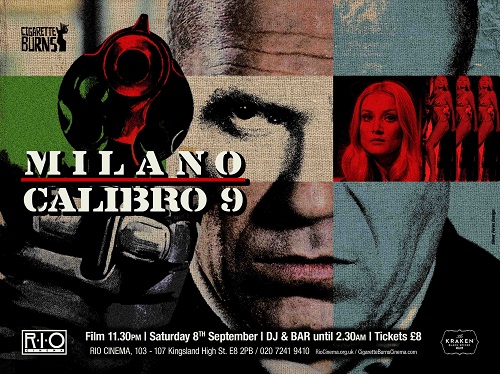
The maestro Luis Enriquez Bacalov involved the group in the soundtrack for the film Milano Calibro 9
The album was entitled Preludio Tema Variazioni Canzona, and fitted in with the fusion of classical orchestra and rock music that had just been launched by Bacalov himself with the Concerto Grosso for the New Trolls. The experiment did not repeat the success of the New Trolls, although the variations composed by Osanna include some interesting ideas. The 1972 was primarily a year of intense concert activity, in which the band developed original staging, with long coloured robes, painted faces and choreography. The band played at Controcanzonissima organized by Ciao 2001, at Piper, at the Villa Pamphili Pop Festival, and at the 2nd Festival of Contemporary Music and New Trends in the Foro Italico. Finally, during their Italian tour they starred alongside Genesis, an international group with an equally theatrical live-act.



